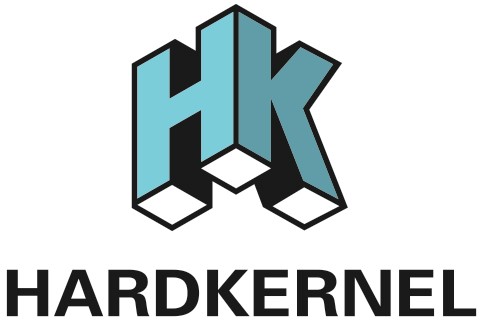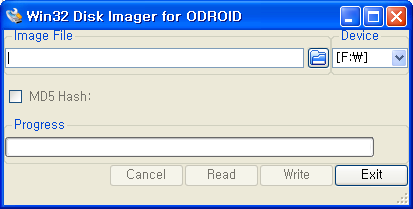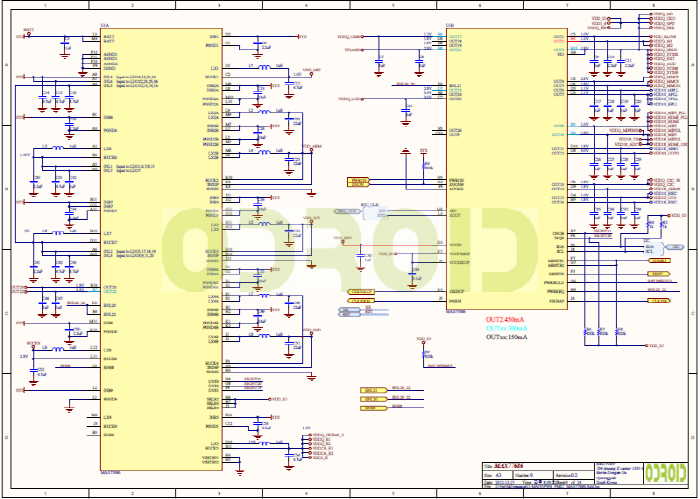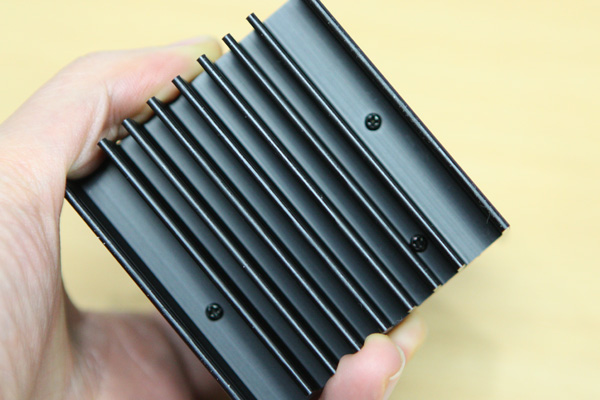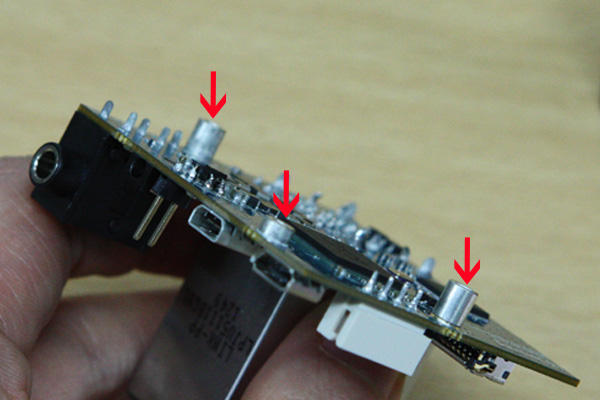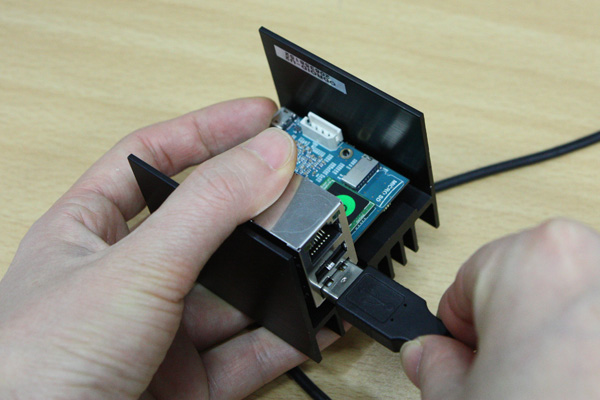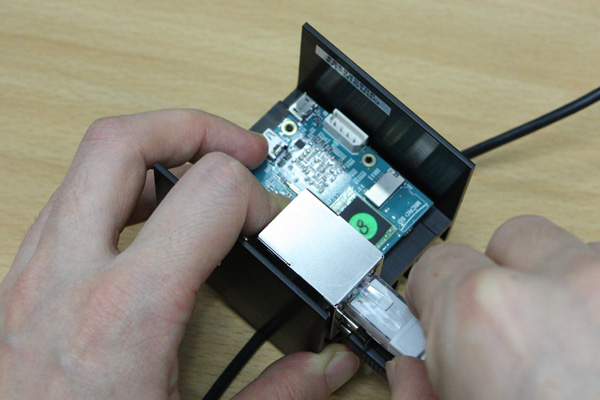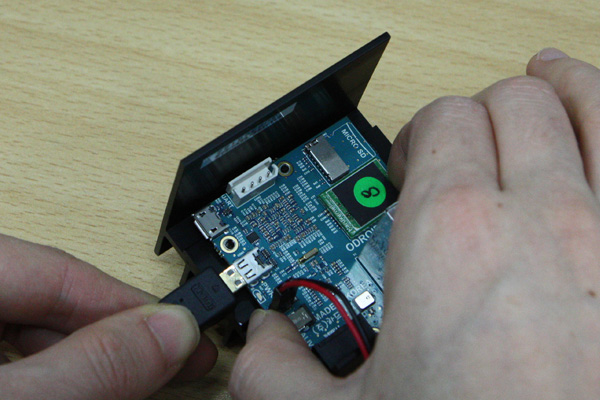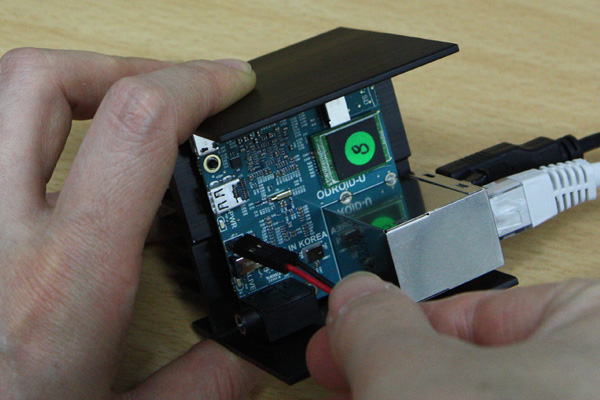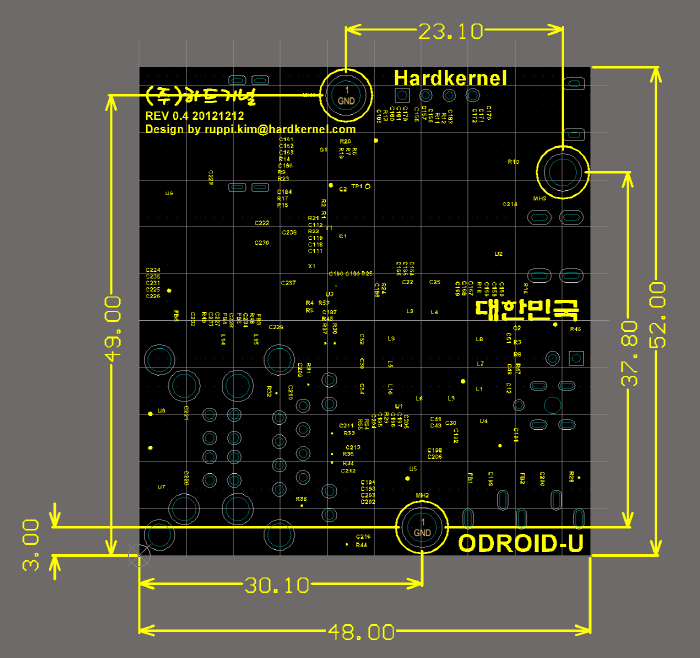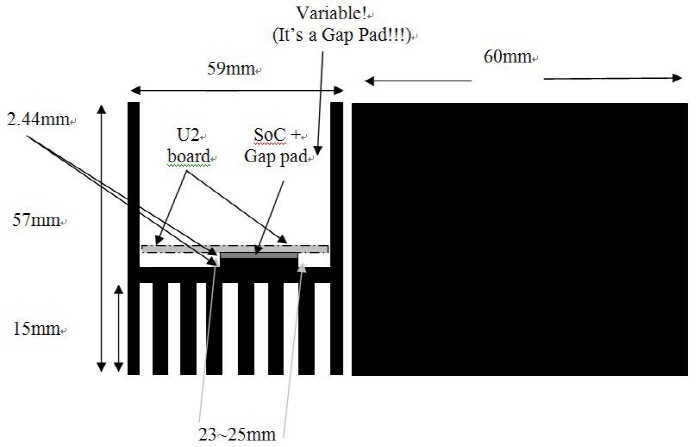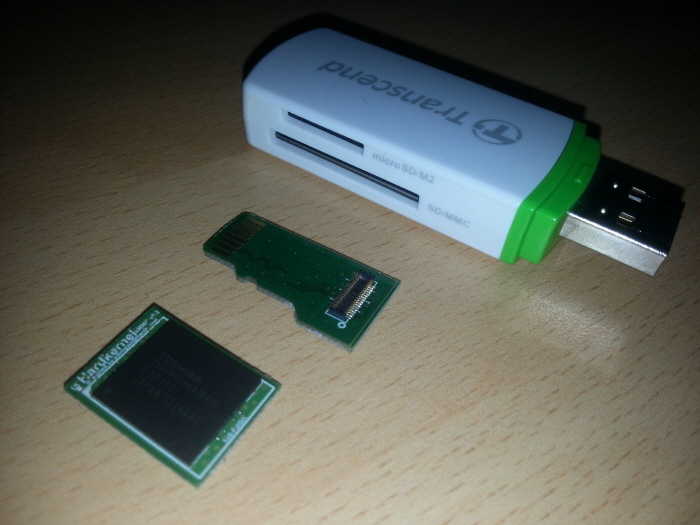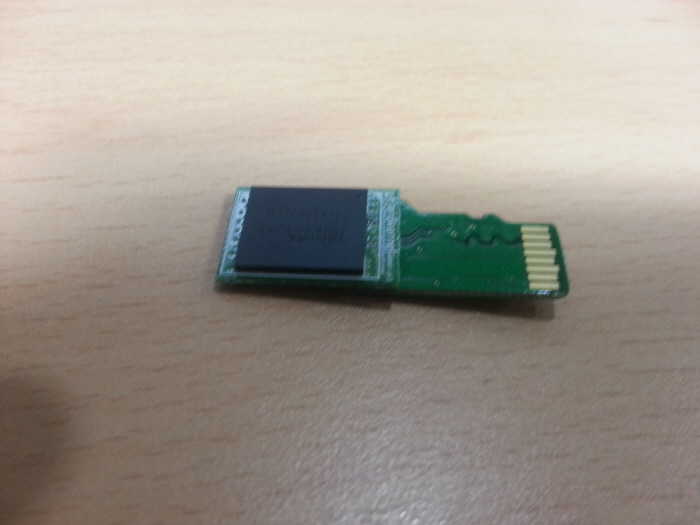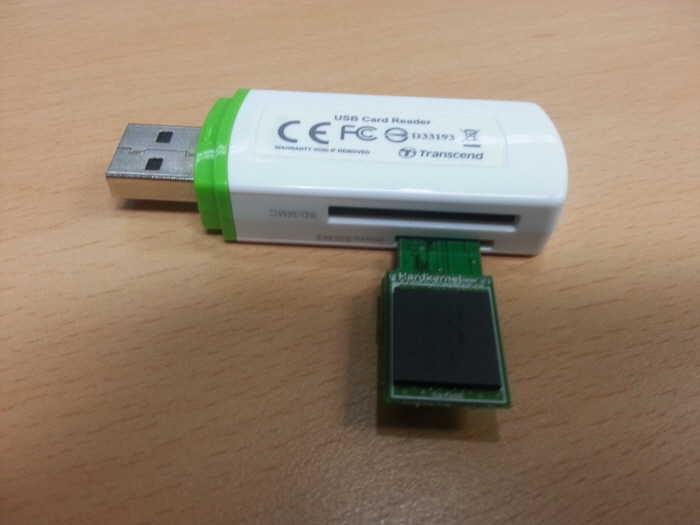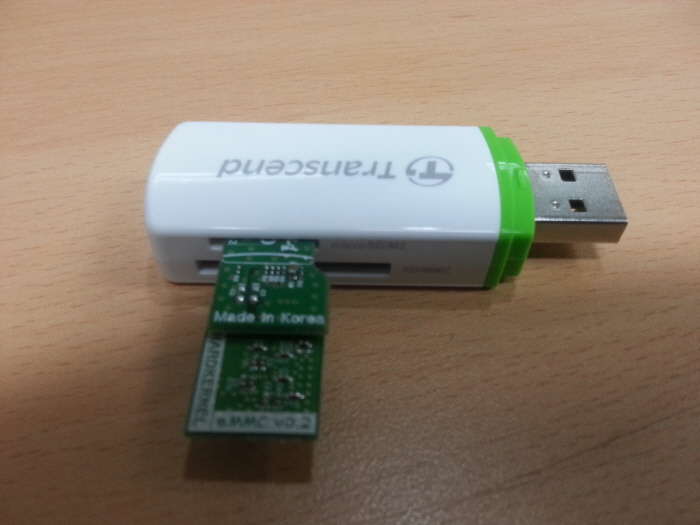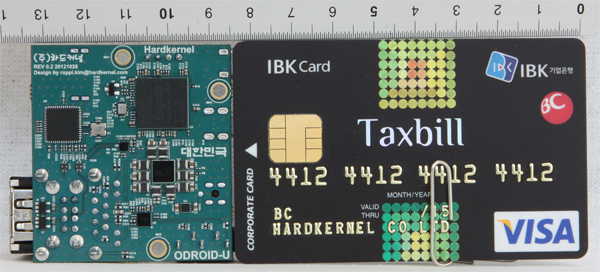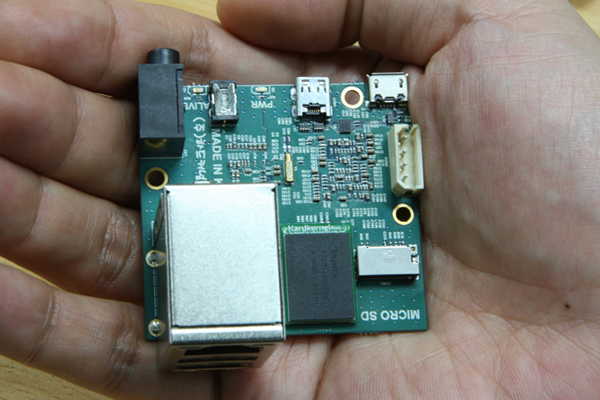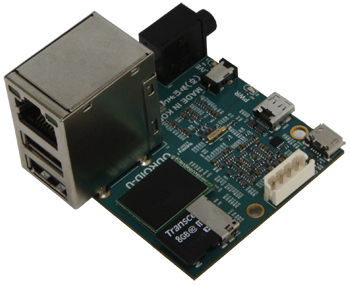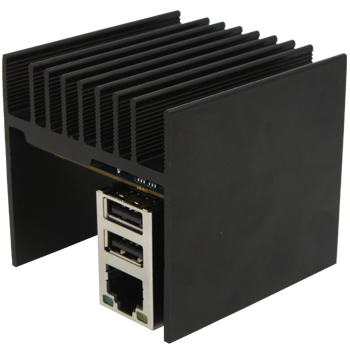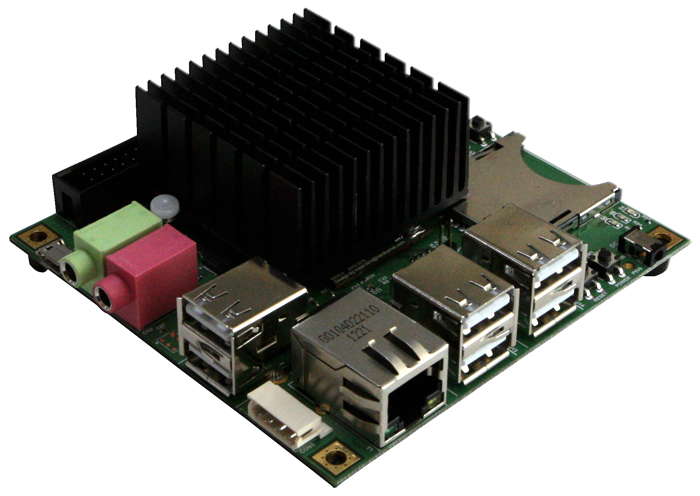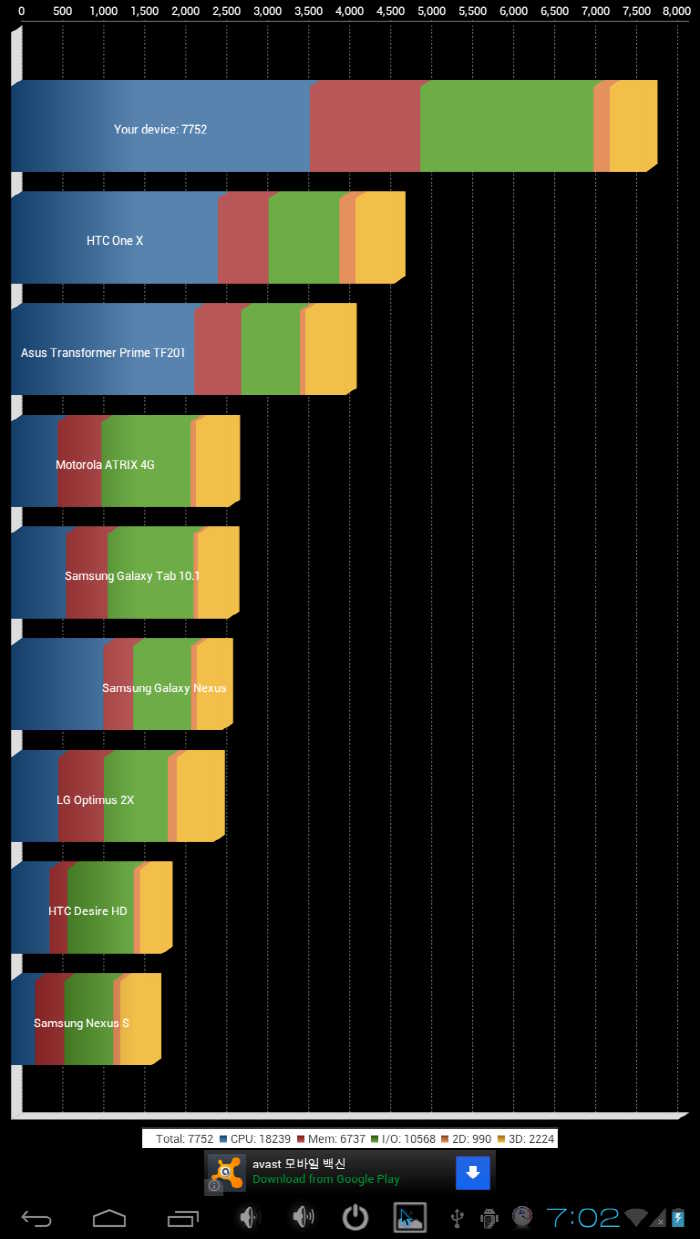Thanks for the long waiting. We have released Android KitKat 4.4 for ODROIDs.
ODROID-U3/U2 : http://com.odroid.com/sigong/nf_file_board/nfile_board_view.php?keyword=&tag=&bid=214
– Kernel 3.0.51
– Mali400 GPU Driver version r3p1-01rel1 is merged
– Android RenderScript API support (high-performance computation across heterogeneous processors)
– 2D acceleration Driver for the Google Maps compatibility
– WiFi RTL8188CUS & RTL8191SU chipset support
– Ethernet LAN9730 chipset support
– USB GPS support
– USB HID Touchscreen support
– ODROID Utility to set the CPU governor and HDMI resolution
– Mouse “right-click to ESC” and “wheel to zoom” mapping
– USB Webcam(UVC) support
ODROID-XU series : http://com.odroid.com/sigong/nf_file_board/nfile_board_view.php?keyword=&tag=&bid=213
– Kernel 3.4.5
– OpenGL ES 1.1/2.0 (GPU acceleration)
– OpenCL 1.1 EP (GPU acceleration)
– Android RenderScript API support (high-performance computation across heterogeneous processors)
– 2D acceleration bug is fixed. Google Maps is working now.
– Mouse “right-click to ESC” and “wheel to zoom” mapping
– On board Ethernet and external USB 3.0 Gigabit Ethernet support
– RTL8188CUS and RTL8191SU Wireless USB dongle support
ODROID-X/X2 : Please wait one more week. We will update the link next week.
If you have any question, ODROID community is always open. http://forum.odroid.com/

 English
English